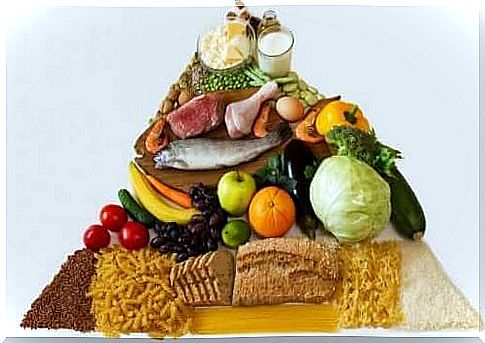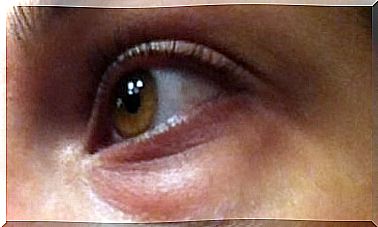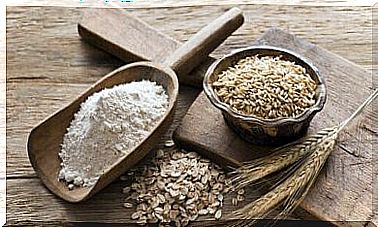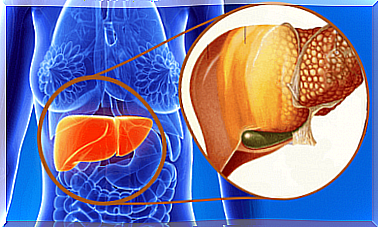What Does The Food Label Tell Us?

Lately, our diet has changed significantly, and not necessarily for the better. This is due to the fact that much of the food that is part of our daily diet is enriched with saturated fat and refined sugar, which can cause several health problems. This is the reason why it is important to be able to read the food label.
The significant and worrying increase in chronic diseases such as diabetes, obesity and dyslipidemia (excessively high levels of cholesterol or fat in the blood) in developing countries, has caused concern worldwide.
As a result, many international bodies, such as the World Health Organization (WHO) and the United Nations Food and Agriculture Organization (FAO), are urging the government to take specific action to promote nutrition education in the population.
This is where being able to read the nutrition label on foods plays an important role as a tool. There is a simple reason for this: It helps consumers choose the healthiest foods for their body.
What is the food label?
The US Food and Drug Administration (FDA) defines nutrition labeling as the black and white box found on food packaging. The FDA assures us that it can be used as a practical guide. The goal is that food labeling will help us make choices that can affect or be beneficial to our health in the long run.
All in all, good nutrition is good for your body. It will help you prevent and control the symptoms of certain diseases, such as high blood pressure, osteoporosis, heart problems, certain cancers, type 2 diabetes, and obesity.
Because of all this, you should spend a few seconds reading the information on the food label in the grocery store so that you choose the healthiest foods.
Why is the nutrition label on foods so important?

The main purpose of nutrition labeling is to inform the consumer about the nutritional properties of the foods in the grocery store.
Reading the food label has the following benefits. They help to:
- Inform the consumer about the ingredients in the food and drink they buy in a simple and clear way. This allows the consumer to make choices for their diet based on their needs.
- Provide an effective way to display the nutritional content of foods.
- View useful information if you suffer from allergies or intolerances to a particular ingredient. This way you can avoid future complications or negative reactions.
- Implement solid nutritional principles in the general population.
- Promote better production practices. As manufacturers need to show what is in their products and the consumer can see the ingredient list, they are more likely to choose higher quality ingredients.
How can you read the food label?
It is important to learn how to read the food label correctly. This information will help you choose the foods that are most beneficial to your health.
1. Find the portion size

The FDA explains that the portion size and how many portions the package contains are at the top of the label. It is important to understand this in order to understand the rest of the information on the product.
- This number, which indicates the food’s nutritional information, such as calories, fiber and salt, is based on portions.
- Therefore, if you eat two servings of a product, you will get twice as many calories and twice as many nutrients. This can either be good for you or harmful, depending on the food.
This is why it is important that you know the portion size. It’s the only way you can know exactly how many calories and nutrients you are getting in your daily intake.
2. Find the amount of calories
Calories can e.g. appears as “energy” or “energy content” on the food label. Whatever they are called, calories are the amount of energy the food or drink will give us per serving.
- They can be listed as kilocalories (kcal) and kilojoules (kJ), which are what we usually call calories.
In addition, the FDA says that daily values are based on a diet with an intake of 2000 calories. However, they make it clear that your nutritional needs, among other things, depend on how physically active you are.
Therefore, they recommend that you take a trip to a specialist. This way, you will find out which daily calorie intake is best for your body.
Learn to use the percentage of daily value

The FDA emphasizes that this data is based on how much we need certain nutrients each day. The percentage tells us how much we get from a portion of the food. This way you can maintain a healthy diet.
They recommend that you use this part of the food label to help you choose foods that are rich in nutrients that you should consume more often. They will also help you recognize the foods you should eat less of.
Some of the nutrients you should consume daily, and in the right amount, are: Calcium, fiber, vitamins A and C, in addition to potassium, but it is not as important.
On the other hand, they recommend that you reduce your intake of saturated fats and trans fats, as well as cholesterol and sodium. However, you should remember that each body has different needs. A nutritionist can help you figure out exactly what you need, both in terms of what foods you should eat and how much of them you should consume.









